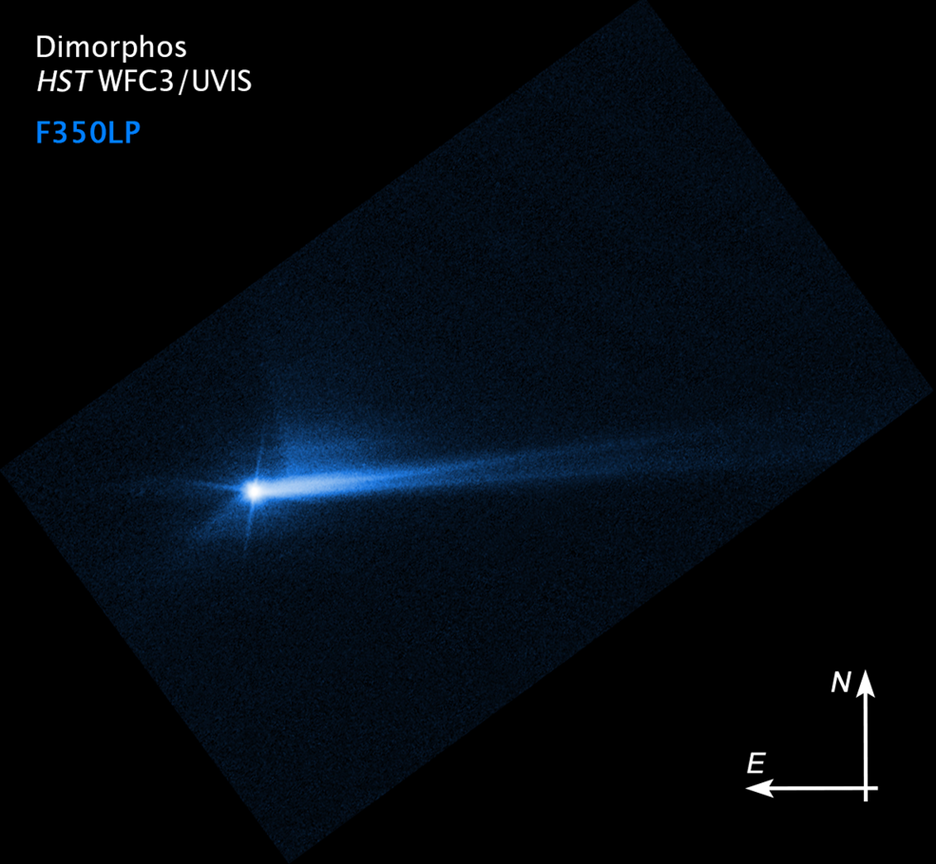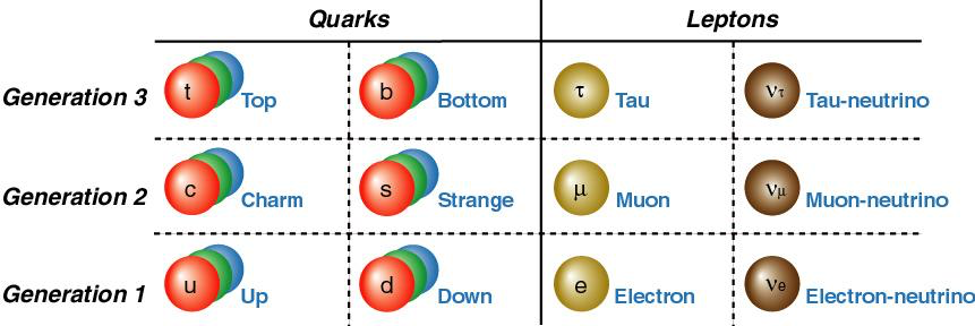|
By Charles Bonkowsky When a massive star dies, it goes out with a bang. Supernovae are some of the brightest objects in space, outputting the energy of entire galaxies over the course of their brilliant explosions—some, such as SN 185 or SN 1066, have been recorded to be visible from Earth during the day despite being thousands of light-years away. Once the dust settles and cools, what’s left behind isn’t nearly as spectacular, but it’s a whole lot stranger. A truly “massive” star, in this case, is one which is over ten times heavier than the sun. As a star of this size begins to exhaust its reserves of hydrogen, it fuses progressively heavier and heavier elements in its core until it produces iron (less massive stars do not have the inward pressure to reach this point—fusion, for them, generally stops when carbon and oxygen are produced). But fusing iron doesn’t generate energy, unlike fusing lighter elements, so the delicate equilibrium between inward gravitational pressure and outwards energy pressure collapses. When it does, the star implodes. What we see as a supernova is a rebounding shockwave from that collapse. The outer layers of the core reach speeds of up to 23 percent of the speed of light or almost 70,000 kilometers per second (43,500 miles per second) as they plummet inwards, generating incredible amounts of heat and energy which “blow off” the bulk of the star into space. The remnants of the core continue to collapse inwards. If the mass of the original star was (roughly) between 10 and 25 solar masses, it would form a neutron star. These objects are minuscule on a stellar scale—roughly the size of a city—yet incredibly dense, containing more mass than the entirety of the Sun. They are supported by neutron degeneracy pressure, a complex name for a surprisingly simple principle: there cannot be two neutrons in the same place at the same time. As the core collapses, electrons and protons merge to form neutrons in the intense gravity; further collapse is stopped by the repulsive pressure of neutron degeneracy that will not allow two neutrons to be shoved into the same space. For stars more massive than 25 solar masses, no pressure will stop the core from collapsing under its own weight and becoming a black hole, a region with a gravitational pull so strong that nothing can escape. A star of this mass will have a core greater than 2 or 3 solar masses, known as the Tolman-Oppenheimer-Volkoff (TOV) limit. The exact number of solar masses depends on the star’s rotation as well—centrifugal force caused by rapid spinning can potentially support more mass than degeneracy pressure alone. But at the edges of the TOV limit lies an unsolved question. So far, the only observed remnants of massive-star collapses are neutron stars and black holes. The heaviest observed neutron star is 2.5 solar masses, while the lightest known black hole is 5 solar masses. Between those two values is a so-called “mass gap,” and scientists have long puzzled over what types of objects it may contain. In June 2020, the LIGO-VIRGO gravitational wave observatories announced the discovery of an object with 2.6 solar masses as it merged with a black hole, placing it within that mass gap. The only component detected was the object’s gravity, and the fact that its merger created a black hole means that scientists cannot retrieve any other information. While the object remains unknown, such a discovery generated renewed interest in what might lie in this gap, and what might happen as particles break down further under their own gravity. While there are many theories, the two best supported by current understanding are the concepts of quark stars and electroweak stars. Quark Stars Under intense gravitational pressure, atoms collapse upon themselves to form neutrons and stabilize the core into a neutron star. If the core is too massive, the neutron star will continue to collapse, but it’s hypothesized that there is another step in this cycle before the core forms a black hole, called a quark star. Protons and neutrons are hadrons, subatomic particles made of three quarks bound together by a strong nuclear force. In a quark star, the intense pressure would force neutrons to dissolve into a “sea” of unbound quarks. Quark degeneracy pressure, which is stronger than neutron degeneracy pressure would then halt the gravitational collapse at a greater mass than that of a neutron star. Such a star is scientifically possible but has never been observed. One reason for this is that scientists expect quark stars to look very similar to neutron stars: their outer crust would likely still be composed of neutrons. This is also because normal quark matter, composed of only up and down quarks, has a high Fermi energy. The Fermi energy is the amount of energy a system has above the lowest ground state of energy the system could have. The system will automatically gravitate towards its lowest-energy state—therefore, systems with high Fermi energy are hard to maintain and are unstable. However, the Fermi energy can be lowered dramatically, and the star made more stable, by converting some of the up and down quarks to strange quarks which are much heavier. The hypothesis that “on theoretical scale arguments, strange quark matter is as plausible a ground state as the confined state of hadrons” (i.e. strange quark matter should be just as stable as normal matter) is known as the Bodmer-Witten assumption. Quark stars made entirely of strange quark matter should be able to exist and shine for as long as neutron stars. Several quark star candidates have been proposed from observations of supernovae and over-dense neutron stars, but no conclusive evidence has been found to confirm their existence. Electroweak Stars At the mass where even quark degeneracy is no longer enough to support the weight of the star, another stage has been proposed before it collapses into a black hole. While normal stars are supported by the burning of hydrogen, electroweak stars are supported by the “burning” of quarks. At the core of such a star, quarks are converted into leptons and release energy in the form of neutrinos, providing pressure to prevent further collapse of the star. Such a star would only last as long as there are quarks to burn, but the limiting factors for the mass of a quark star suggests that such quark burning could continue for tens of millions of years. No candidates have yet been proposed, though scientists are hopeful that their long lifetimes will make them easier to detect. Finding Them While the physics of these stars are fascinating, they remain theoretical. So how would we go about finding them? Electroweak stars could be identified by their production of all three types of neutrinos in equal amounts. A theorized equation for quark burning at the center of electroweak stars would produce three neutrinos, one of each type. In contrast, normal stars such as the Sun produce only electron neutrinos. With sensitive enough detectors, an electroweak star producing all three types of neutrinos could be identified. Quark stars are harder to detect. They look very similar to neutron stars and are produced in much the same ways. Moreover, scientists currently lack the tools to generate the intense heat and pressure needed to produce quark matter for analysis. However, this doesn’t mean that scientists have no way to observe quark stars. A 2002 theory suggests that a “quark nova” could be observed when a neutron star collapses to form a quark star. This could happen when a neutron star spins down and loses the angular momentum necessary to support its weight, thus crossing the mass threshold for collapse, or as a direct result of supernova collapse as described above. The process of neutrons collapsing to form quarks could release enough energy to make quark novas hypothetically the brightest objects in the universe (by 2-3 orders of magnitude more than standard supernovae). Several supernovae have been noted as possible quark novas due to their abnormal brightness. Future corroboration and other observations, such as radio comparisons between neutron stars and hypothesized quark stars, are still necessary.
1 Comment
Elisha Atzmon
9/4/2021 12:44:39 am
Remarks and a question
Reply
Leave a Reply. |
Categories
All
Archives
April 2024
|



